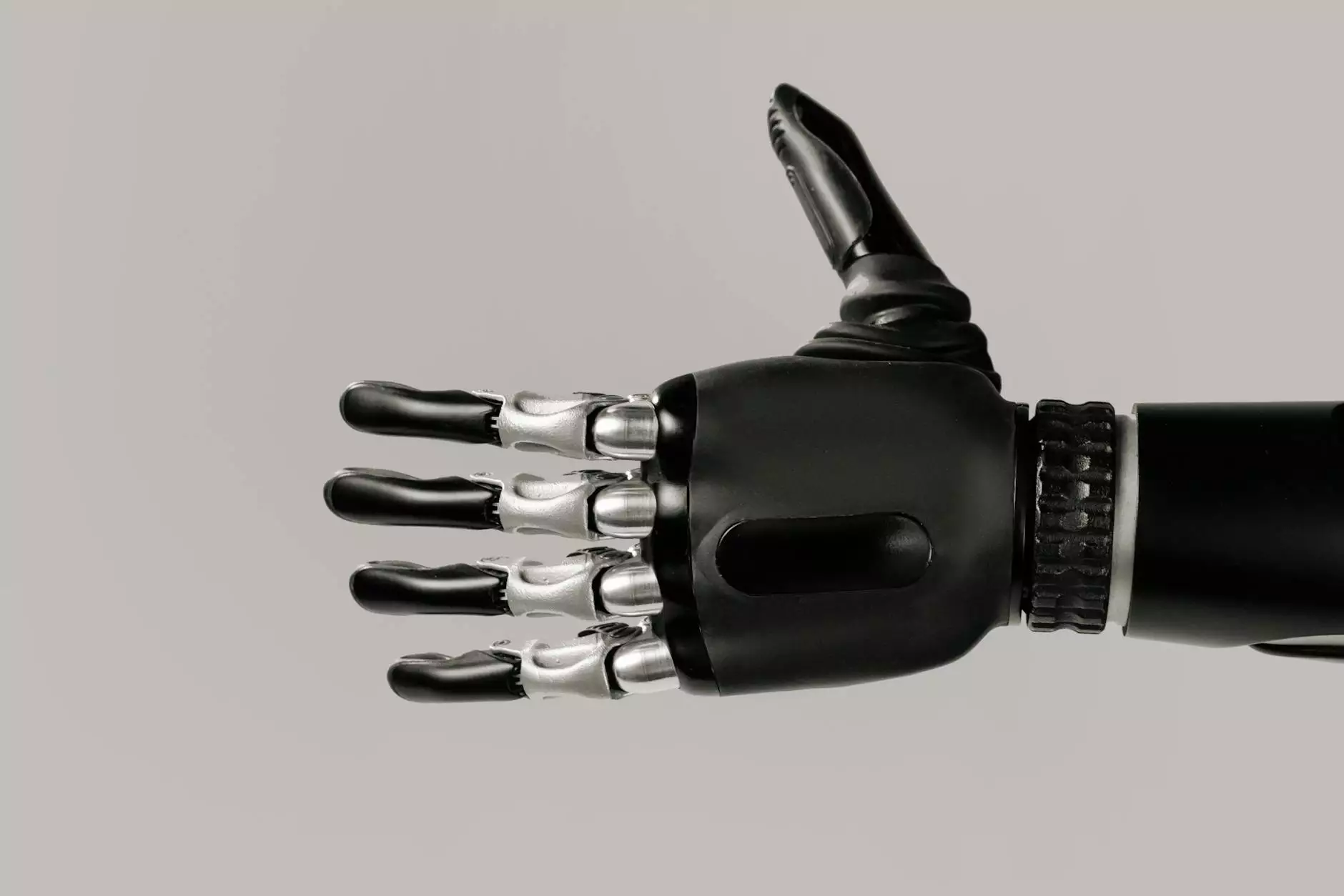Robotic Assisted Lung Surgery: Transforming the Landscape of Thoracic Care

Robotic assisted lung surgery is revolutionizing the way we approach treatment for lung disorders. This innovative technique harnesses the power of robotics to provide unparalleled precision, reduced recovery times, and enhanced patient outcomes. In this article, we will delve deep into the intricacies of robotic assisted lung surgery, its benefits, and the future it promises in the field of medicine.
Understanding Robotic Assisted Lung Surgery
At its core, robotic assisted lung surgery is a minimally invasive surgical technique that utilizes advanced robotic systems to perform complex procedures in the thoracic region. Unlike traditional open surgery, which requires large incisions, robotic surgery allows surgeons to operate through small incisions, greatly minimizing trauma to the body.
The Robotic Surgery System
Robotic surgical systems, such as the da Vinci Surgical System, consist of a console where the surgeon sits and operates robotic instruments through small incisions in the patient's body. This system offers several distinct advantages:
- Enhanced Precision: The robotic instruments provide a range of motion greater than that of the human hand, allowing for highly intricate movements.
- 3D Visualization: High-definition, 3D imagery allows surgeons to see the surgical area in remarkable detail, improving the accuracy of each procedure.
- Reduced Trauma: Smaller incisions lead to less pain, minimal scarring, and quicker recovery times for patients.
Indications for Robotic Assisted Lung Surgery
Robotic assisted lung surgery is indicated for a variety of conditions affecting the lungs, including:
- Lung Cancer: Robotic surgery has become a standard approach for resecting lung tumors.
- Benign Lung Tumors: Conditions requiring the removal of non-cancerous growths can also be treated using this method.
- Pleural Effusion: Robotic techniques can safely drain excess fluid from around the lungs.
- Thymoma: Surgical intervention for tumors of the thymus gland can be performed with precision.
The Surgical Procedure: What to Expect
Patients undergoing robotic assisted lung surgery can expect a streamlined and efficient surgical process. Here’s a detailed breakdown of what happens before, during, and after the surgery:
Pre-operative Preparation
Prior to surgery, patients will undergo a thorough evaluation which may include:
- Medical history review
- Physical examination
- Imaging studies such as CT or PET scans to assess the lungs
- Pre-operative instructions including dietary recommendations and medication adjustments
During the Surgery
The actual procedure involves the following steps:
- Anesthesia: Patients will be placed under general anesthesia to ensure comfort throughout the surgery.
- Incision Creation: Small incisions (typically 1-2 inches) are made in the chest wall.
- Robotic Instrument Deployment: The robotic arms, equipped with surgical instruments and a camera, are inserted through these incisions.
- Procedure Execution: The surgeon uses the console to maneuver the robotic arms, allowing for intricate surgical tasks such as tissue removal or reconstruction.
- Closing the Incisions: Once the surgery is complete, the instruments are removed, and the incisions are closed with sutures or adhesive.
Post-operative Care
After surgery, the recovery process includes:
- Monitoring: Patients are closely monitored in the recovery area for any signs of complications.
- Pain Management: Pain relief options will be administered as necessary.
- Follow-up Appointments: Regular visits are scheduled to ensure successful healing and assess lung function.
Advantages of Robotic Assisted Lung Surgery
The advantages of robotic assisted lung surgery over traditional surgical techniques are significant:
- Shorter Hospital Stay: Many patients can leave the hospital within one to two days post-surgery.
- Faster Recovery: Reduced pain and smaller incisions lead to quicker return to normal activities.
- Lower Risk of Complications: Studies show decreased rates of complications such as infections and bleeding.
- Improved Outcomes: Enhanced precision often translates to better long-term outcomes and survival rates, particularly in cancer treatments.
Challenges and Considerations
While robotic assisted lung surgery offers numerous benefits, it is important to consider some challenges as well:
- Cost: Robotic surgery can be more expensive due to the costs associated with the technology and longer use of operating room time.
- Availability: Not all medical centers are equipped with robotic surgical systems, limiting accessibility for some patients.
- Surgeon Experience: The success of robotic surgeries is largely dependent on the surgeon’s skill and experience with robotic systems.
The Future of Robotic Assisted Lung Surgery
The future of robotic assisted lung surgery is bright. As technology continues to advance, we can expect even greater innovations in surgical techniques. Enhancements in robotic systems may include:
- Artificial Intelligence: Integration of AI could help in surgical decision-making, improving accuracy and outcomes.
- Tele-surgery: With advanced connectivity, remote surgery could become a reality, increasing access to specialized care.
- Improved Imaging Techniques: The incorporation of real-time imaging during surgery could further enhance precision.
Conclusion
Robotic assisted lung surgery represents a significant advancement in thoracic surgery, offering patients less invasive treatment options with improved outcomes. As the field continues to evolve, it's imperative to stay informed about these advancements and advocate for access to such innovative treatments. At Neumark Surgery, we are committed to providing cutting-edge care and are proud to lead the way in robotic assisted lung surgery. Our team of expert surgeons is dedicated to employing the latest technology to ensure the best possible results for our patients.
For more information about our services and to schedule a consultation, please visit Neumark Surgery.









